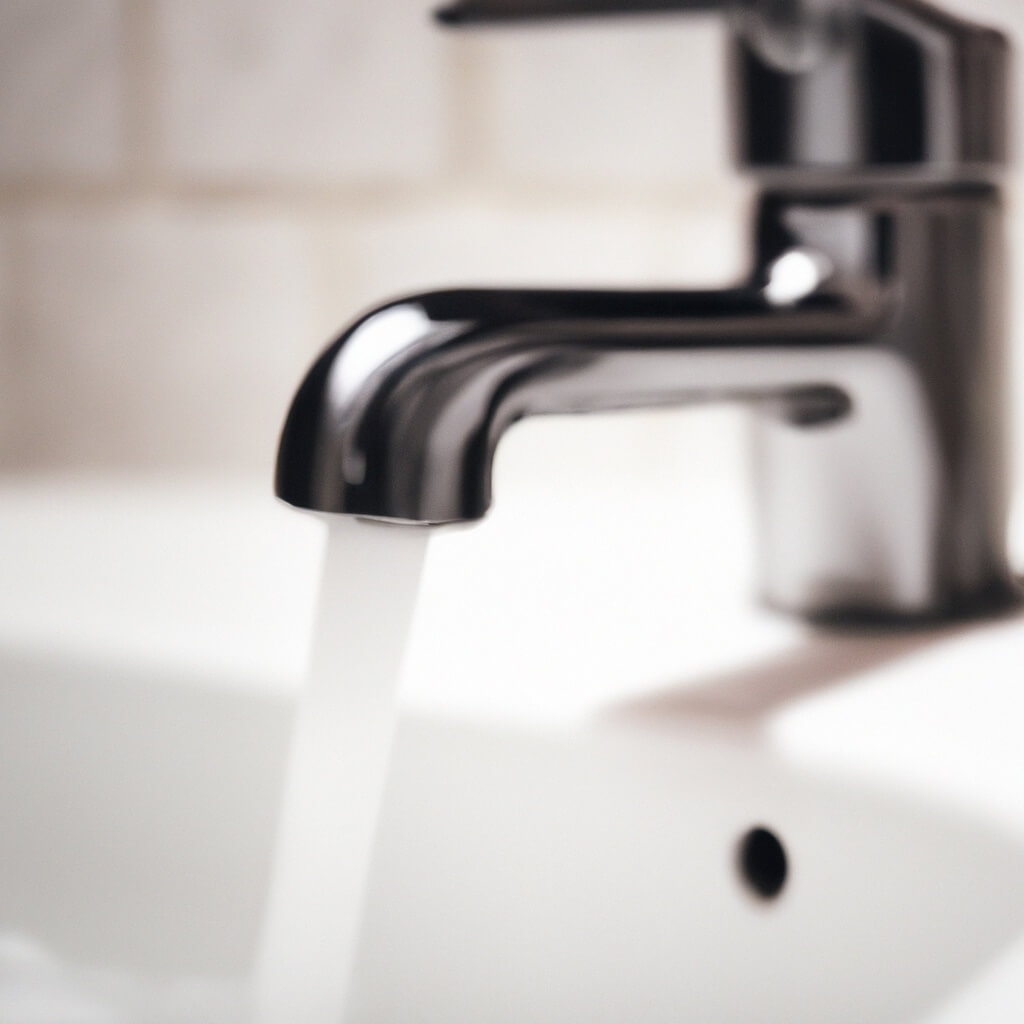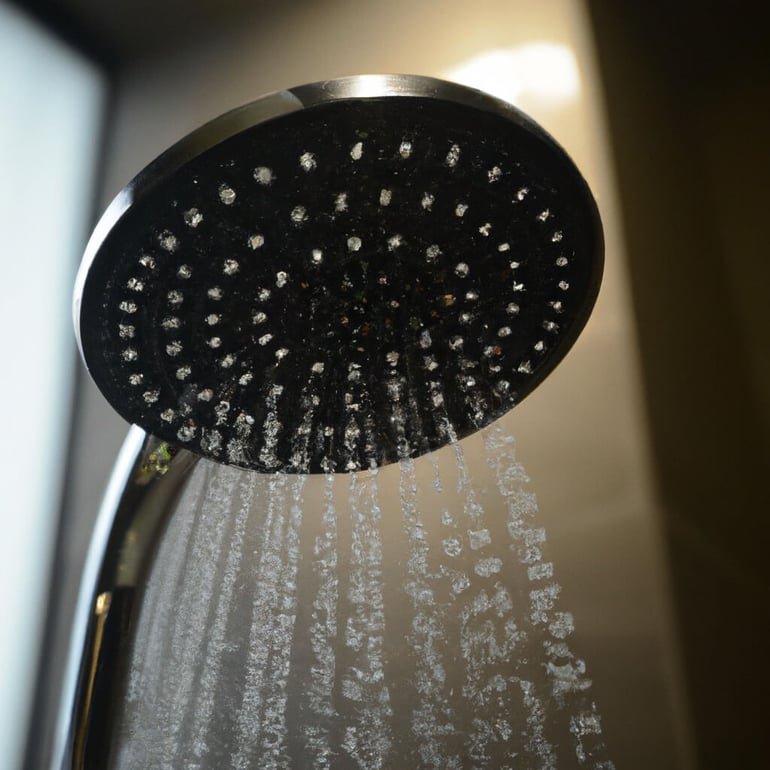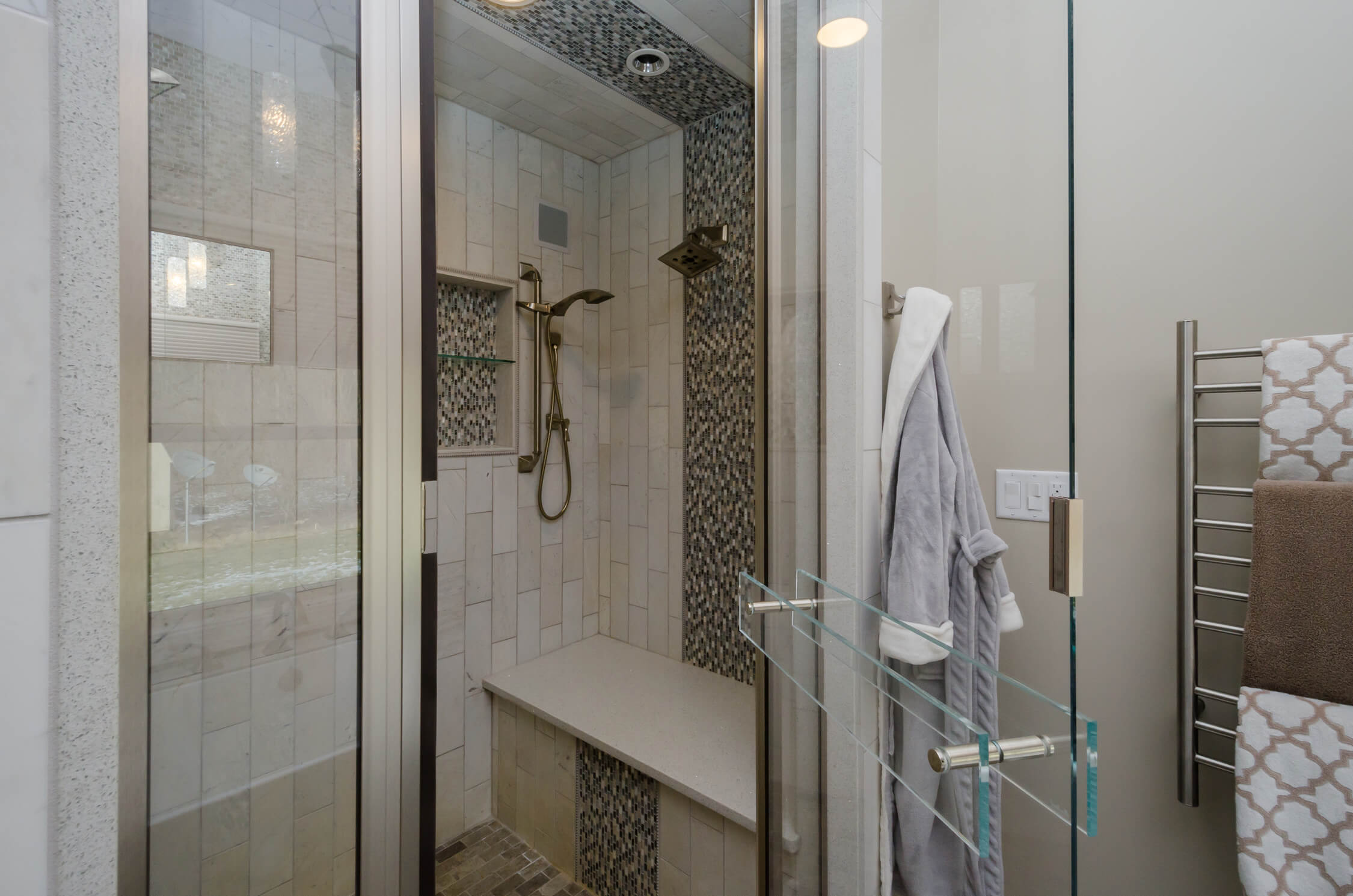Water-Saving Bathroom Fixtures: The Top 5 Options to Consider
The average American family uses an astounding 300 gallons of water daily. That is equivalent to 8 bathtubs worth of water!
Needless to say, this is not a sustainable way to treat our resources. The good news is that there are water-efficient fixtures that you can use to reduce the amount of water waste.
However, not all water-saving fixtures are created equal. Some achieve better results than others. Invest your time, energy, and money into the fixtures that are the most environmentally friendly. You can work on this by upgrading your bathroom with one or more ideas we will discuss now.
1) Install a Pressure-Reducing Valve
A pressure-reducing valve is a small and inexpensive valve that works to regulate the high pressure of incoming water that is moving through your pipes. It works to establish a set pressure setting to help keep pipes and other plumbing fixtures safe. Buildinggreen.com explains the value of this:
“Pressure-reducing valves, an element of EPA's WaterSense® new homes specification, are green: they can save water, increase the service life of plumbing system components, and reduce risks of water leaks.”
Simply taking some pressure off of the pipes is a great way to ensure that they don't face as much strain every day. They are less prone to extensive damage when they aren't being pounded by high-pressure water constantly.

2) Look for a WaterSense-Labeled Faucet
The Environmental Protection Agency (EPA) has a vested interest in helping the American people learn how they can reduce their water consumption. This is why they put out guidance about how to do exactly that.
One recommendation is to look for a WaterSense-labeled faucet to install. Water-saving faucets earn the WaterSense label if they meet certain criteria established by the EPA. The typical WaterSense-labeled faucet can save the average American family 700 gallons of water per year. That is more than 2 days worth of water use for the average American family per year.
Small but simple changes like this can have an impact on water usage. We must all do our parts to help make this Earth a better place, and that means looking at the small changes that any of us can make to take steps in the right direction related to our water consumption.
>> Five Must-Haves for an Eco-Friendly Home Design
3) Use a High-Efficiency Toilet
Toilets are one home fixture that consume a lot of water. Promoting High-Efficiency Toilets (HETs) has been of concern to the EPA for a long time. This detail comes from one of their publications about high-efficiency toilets:
“In 1992, Congress passed legislation requiring that all toilets sold in the United States meet a new water conservation standard of 1.6 gallons per flush
(gpf).
By 1992, in response to the growing need for conservation of drinking water supply resources, a number of metropolitan regions and 17 states had already instituted water conservation programs which included high-efficiency toilet requirements.”
The type of toilet that you have in your home can influence your overall water consumption. Older toilets simply don't cut it anymore. If it has been a while since you have updated your toilet, you might want to consider a modern option such as one of the following:
- Low flow toilets
- Gravity flow toilets
- Pressure assisted toilets
- Dual flush toilets
These modern toilet options use less water per flush and help reduce your overall water consumption. These toilets still get the job done, but they are less wasteful than some older toilets.
4) Try a Less Powerful Showerhead
Water-efficient showerheads can greatly affect how much water you can save. In fact, showers alone account for approximately 17% of all residential water usage. Showers are definitely one area that you can focus on when you are looking at bringing down the amount of water you consume on a daily basis.
WaterSense showerheads can save the average American family approximately 2,700 gallons of water per year! That accounts for roughly nine days worth of the average American family's water usage. Every adjustment made to water consumption habits will benefit the planet, but some investments in water conservation are more impactful than others.
A prime example of this is steam showers.

5) Convert Your Shower into a Steam Shower
Many people have a misconception that they need a lot of space to convert a traditional shower into a steam shower. All you need is a 3’ x 3’ x 7’ shower.
A steam shower is great because it enables you to use just 2.5 gallons of water for a 20-minute shower.
Compare that to 50 gallons of water used for a 20-minute traditional shower.
The total water savings for a once-per-day 20-minute steam compared to a traditional shower comes out to over 16,000 gallons of water saved per year.
Those who want to go the extra mile regarding environmentally-friendly options should also look at steam shower generators made from recyclable stainless steel.
Steam Showers: The Ideal Water Efficient Fixture
Out of all the water-efficient appliances and fixtures that you could consider installing, the crown for most water efficient belongs to steam showers. They are a delight to use as they create a spa-like experience in your home.
When you convert a regular shower into a steam shower, you can keep your showerhead (or, even better, replace it with a less powerful showerhead).
That means you can instantly switch between calming steam and an invigorating rush of cold water. It’s like taking a cold plunge without having to fill an entire bath with freezing water.
You can pamper yourself and get clean at the same time when you have a steam shower. On top of that, you walk away knowing that you are saving water and being more environmentally friendly.
>> 40 Benefits of Steam Showers
If you decide to sell your home that has a steam shower within it, it may increase the listing value by up to 30.7%.
A steam shower is far and away the best water-efficient feature you can add to your home to increase its value and save a significant amount of water.

 SEARCH
SEARCH
 FIND A DEALER
FIND A DEALER







